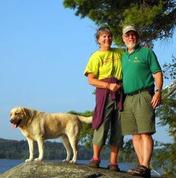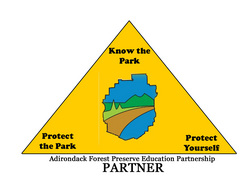
What is Flipped Learning?
Flipped Learning is a pedagogical approach in which direct instruction moves from the group learning space to the individual learning space, and the resulting group space is transformed into a dynamic, interactive learning environment where the educator guides students as they apply concepts and engage creatively in the subject matter.
The Flipped Learning Network, talks about four pillars of the flipped classroom:
1. Flexible Environment - Flexibility in how the learning environment is arranged and flexibility in their expectations of student timelines for learning.
- Establish spaces and time frames that permit students to interact and reflect on their learning as needed.
- Continually observe and monitor students to make adjustments as appropriate.
- Provide students with different ways to learn content and demonstrate mastery.
- Give students opportunities to engage in meaningful activities without the teacher being central.
- Scaffold these activities and make them accessible to all students through differentiation and feedback.
- Prioritize concepts used in direct instruction for learners to access on their own.
- Create and/or curate relevant content for students.
- Differentiate to make content accessible and relevant to all students.
- Make yourself available to all students for individual, small group, and class feedback in real time as needed.
- Conduct ongoing formative assessments during class time through observation and by recording data to inform future instruction.
- Collaborate and reflect with other educators and take responsibility for transforming your practice.
By the Numbers:
- *In 2012, 48% of teachers flipped at least one lesson, in 2014 it is up to 78%
- *96% of teachers who have flipped a lesson would recommend that method to others
- *46% of teachers researched have been teaching for more than 16 years, but are moving towards flipped classrooms
- *9 out of 10 teachers noticed a positive change in student engagement since flipping their classroom (up 80% from 2012)
- *71% of teachers indicated that grades of their students have improved since implementing a flipped classroom strategy
- *Of the teachers who do not flip their classroom lessons, 89% said that they would be interested in learning more about the pedagogy



 RSS Feed
RSS Feed
